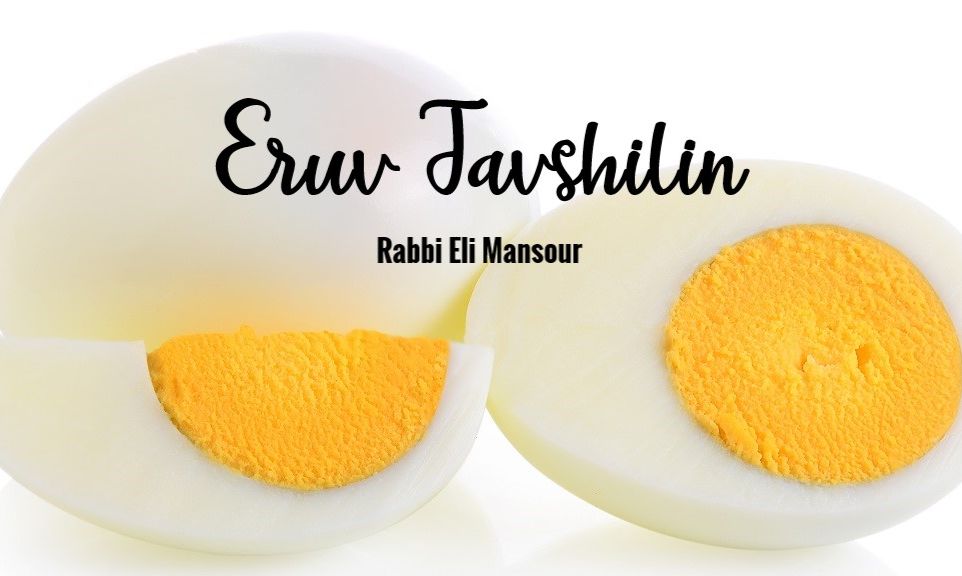
Eruv Tavshilin
The purpose of the Eruv Tavshilin is to allow food preparation on Yom Tov for Shabbat, as happens when Yom Tov lands on Thursday and Friday...

Introduction
When holidays during the Yamim Tovim (holiday) season fall on Thursday and Friday, leading right into Shabbat, we have the opportunity to fulfill the important mitzva of Eruv Tavshilin (mingling of cooked foods). Here we will, please G-d, discuss some of the relevant Halachic details of this mitzva.
The Rabbis enacted a prohibition against preparing on Yom Tov for Shabbat unless one prepares an Eruv Tavshilin (which consists of two food products) before Yom Tov begins. By preparing the Eruv Tavshilin before Yom Tov, one is considered to have already begun preparing for Shabbat before the onset of Yom Tov, such that he does not begin making Shabbat preparations on Yom Tov, and he is then allowed to prepare on Yom Tov for Shabbat. And thus when Yom Tov falls on Thursday and Friday, one must prepare an Eruv Tavshilin on Wednesday, Erev Yom Tov, which allows him to make preparations on Friday for Shabbat.
Two different reasons have been given for why the Sages forbade preparing on Yom Tov for Shabbat without an Eruv Tavshilin. One reason is that this preserves the honor of Yom Tov. When people realize that it is forbidden to cook food on Yom Tov in preparation for Shabbat, they recognize the importance of Yom Tov and that preparing on Yom Tov for a weekday is certainly forbidden. Others explain that this Halacha serves to enhance the honor of Shabbat, as the Eruv Tavshilin reminds a person to make special food on Shabbat, 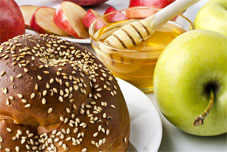 rather than just eating the leftovers from Yom Tov. The Shela Ha’kadosh (Rav Yeshaya Horowitz, 1558-1630) writes that the mitzva of Eruv Tavshilin is especially meaningful, noting the Gemara’s comment in Yoma (28) that Avraham Avinu observed this mitzva. If even Abraham performed Eruv Tavshilin, the Shela writes, then certainly there must be deep and profound concepts underlying this mitzva. It is therefore important to familiarize oneself with the laws and details of this mitzva in order to ensure to fulfill it properly.
rather than just eating the leftovers from Yom Tov. The Shela Ha’kadosh (Rav Yeshaya Horowitz, 1558-1630) writes that the mitzva of Eruv Tavshilin is especially meaningful, noting the Gemara’s comment in Yoma (28) that Avraham Avinu observed this mitzva. If even Abraham performed Eruv Tavshilin, the Shela writes, then certainly there must be deep and profound concepts underlying this mitzva. It is therefore important to familiarize oneself with the laws and details of this mitzva in order to ensure to fulfill it properly.
Is an Eruv Tavshilin Necessary If No Food Needs to be Prepared for Shabbat?
If a person does not need to prepare any food on Yom Tov for Shabbat, must he prepare an Eruv Tavshilin on Erev Yom Tov? This can happen in a case where all the food for Shabbat was prepared ahead of time, before Yom Tov, or, perhaps more commonly, when a couple will be eating both Shabbat meals away, such as at parents or friends. As the purpose of the Eruv Tavshilin is to allow preparing food on Yom Tov for Shabbat, would the couple in this case be exempt from the requirement of Eruv Tavshilin?
The Ner Le’tziyon (Rabbi Natan Ben Senior, contemporary) rules that in such a case one should prepare an Eruv Tavshilin without reciting a brachah (blessing). According to one view in the Shulchan Aruch, the Eruv Tavshilin is needed to allow lighting the Shabbat candles, which is obviously done before the onset of Shabbat, on Yom Tov. Indeed, one version of the text of the Eruv Tavshilin declaration includes the phrase “Le’adlukeh Sheraga,” stating that the Eruv allows lighting the Shabbat candles on Yom Tov. And thus, according to this opinion, even if one will not need to cook during Yom Tov, he must prepare an Eruv Tavshilin to allow lighting the Shabbat candles. The Shulchan Aruch also cites a different view, that candle lighting is allowed even without an Eruv Tavshilin, and this opinion is the position we follow, but nevertheless, one should satisfy all views and prepare an Eruv Tavshilin even though he does not need to cook on Yom Tov for Shabbat. This is also the view of Chacham Bentzion Abba Shaul (Israel, 1923-1998), in his work Or Le’tzion (22:6).
Summary: A family that will not be preparing food on Yom Tov for Shabbat should nevertheless make an Eruv Tavshilin, but without reciting the brachah.
Which Kind of Cooked Food Items May be Used for the Eruv Tavshilin?
The Shulchan Aruch (Orach Chaim 527) writes that the cooked food used for the Eruv Tavshilin must be a food item that is Ra’ui Le’lafet Bo Et Ha’pat – meaning, it is commonly eaten together with bread. Thus, it is customary nowadays to use a boiled egg, as people commonly eat egg with bread in a sandwich.
If a person does not have an egg, he should not use for the Eruv something like rice, which is not normally eaten together with bread. Instead, he should use either a cooked piece of meat, a can of cooked tomatoes, or even a can of sardines, as these foods are commonly eaten together with bread.
Which Preparations for Shabbat Become Allowed Through the Eruv Tavshilin?
While it is clear that the Eruv Tavshilin which one makes before Yom Tov allows making food preparations on Yom Tov for Shabbat, the Halachic authorities debate the question of whether the Eruv Tavshilin also allows other preparations. The Chida (Rav Haim Yosef David Azulai, 1724-1807), in his Machazik Beracha (667:2), rules that the Eruv Tavshilin allows one only to prepare food for Shabbat on Yom Tov, unless one mentions explicitly when making the Eruv that he wants it to cover all Shabbat preparations.
Indeed, in the standard Eruv Tavshilin text that appears in the machzorim (prayer books), we recite U’le’me’abad Kol Sorchana, stating explicitly that the Eruv should permit all preparations necessary for Shabbat, and not just food preparations.
In truth, however, even if one did not, for whatever reason, recite this portion of the Eruv Tavshilin text, he is nevertheless allowed to make all kinds of preparations for Shabbat on Yom Tov. Halacha follows the lenient position among the Poskim (Jewish law deciders), according to which the Eruv Tavshilin automatically covers all preparations, even if one did not make an explicit statement to this effect.
There are numerous examples of Shabbat preparations that become permitted through the Eruv Tavshilin. The Gabbai in the synagogue might want to roll the Sifrei Torah (Torah scrolls) on Friday, the second day of Yom Tov, to the place where they need to be for the Shabbat morning reading. He is preparing on Yom Tov for Shabbat, which is allowed because of the Eruv Tavshilin. Similarly, the attendants in charge of the mikveh may prepare the mikveh on Friday for the women who will need to immerse on Friday night, thus preparing on Yom Tov for Shabbat. For that matter, women prepare their homes on Friday for Shabbat by straightening up, washing dishes, and so on, and this, too, is allowed because of the Eruv Tavshilin. Some people will want to bring their machzorim home from the synagogue on Friday to use at home on Shabbat, which is also allowed because of the Eruv. All these preparations are allowed even if one did not recite the phrase U’le’me’abad Kol Sorchana, though it is certainly preferable to recite this phrase to satisfy all opinions. As mentioned, this phrase is included in the standard Eruv Tavshilin text found in the machzorim.
Summary:
The Eruv Tavshilin permits all preparations that one would want to make on Yom Tov for Shabbat, even preparations that do not involve food, such as straightening up the home, preparing the Torah scrolls for the Shabbat morning Torah reading, and so on.
* * *
Reprinted with kind permission of www.dailyhalacha.com




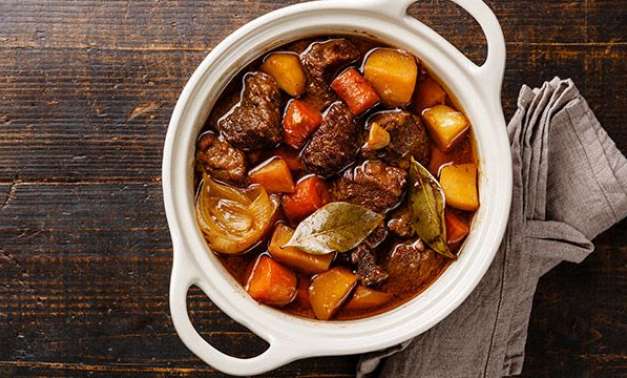

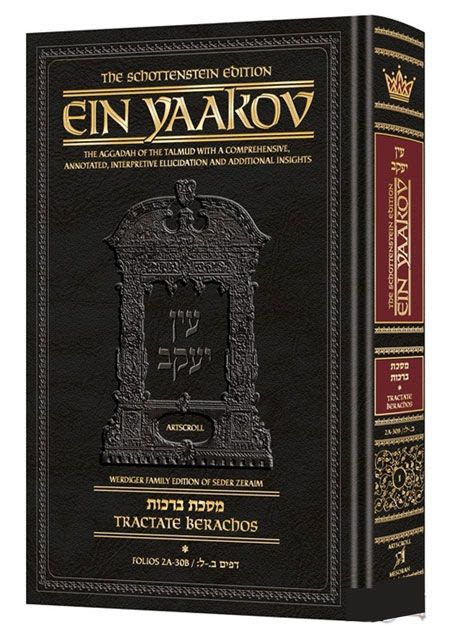

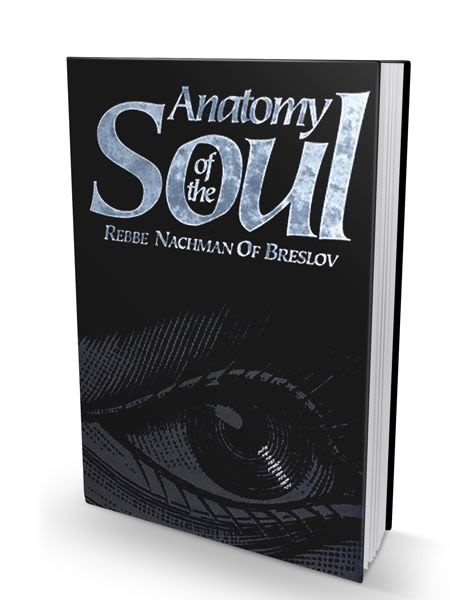
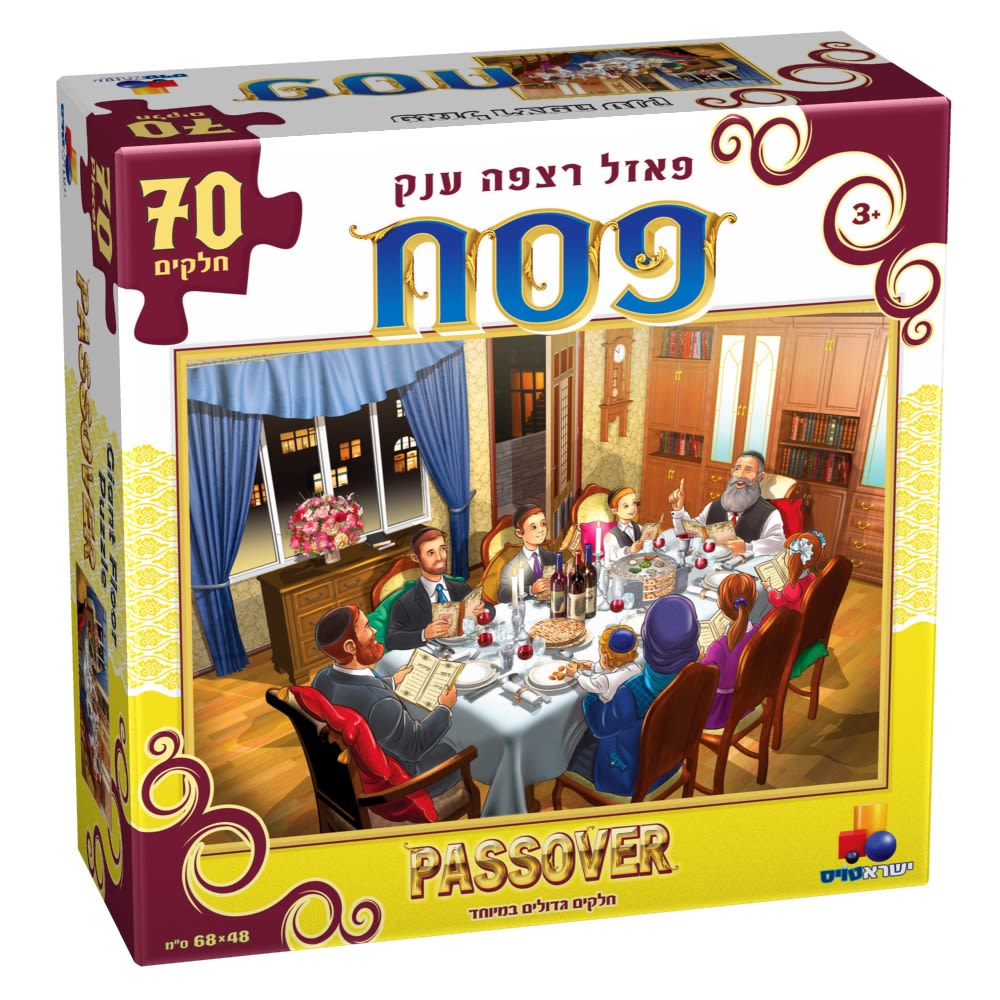
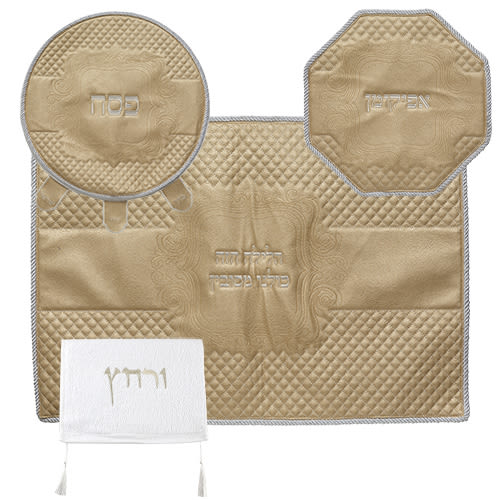
Tell us what you think!
Thank you for your comment!
It will be published after approval by the Editor.